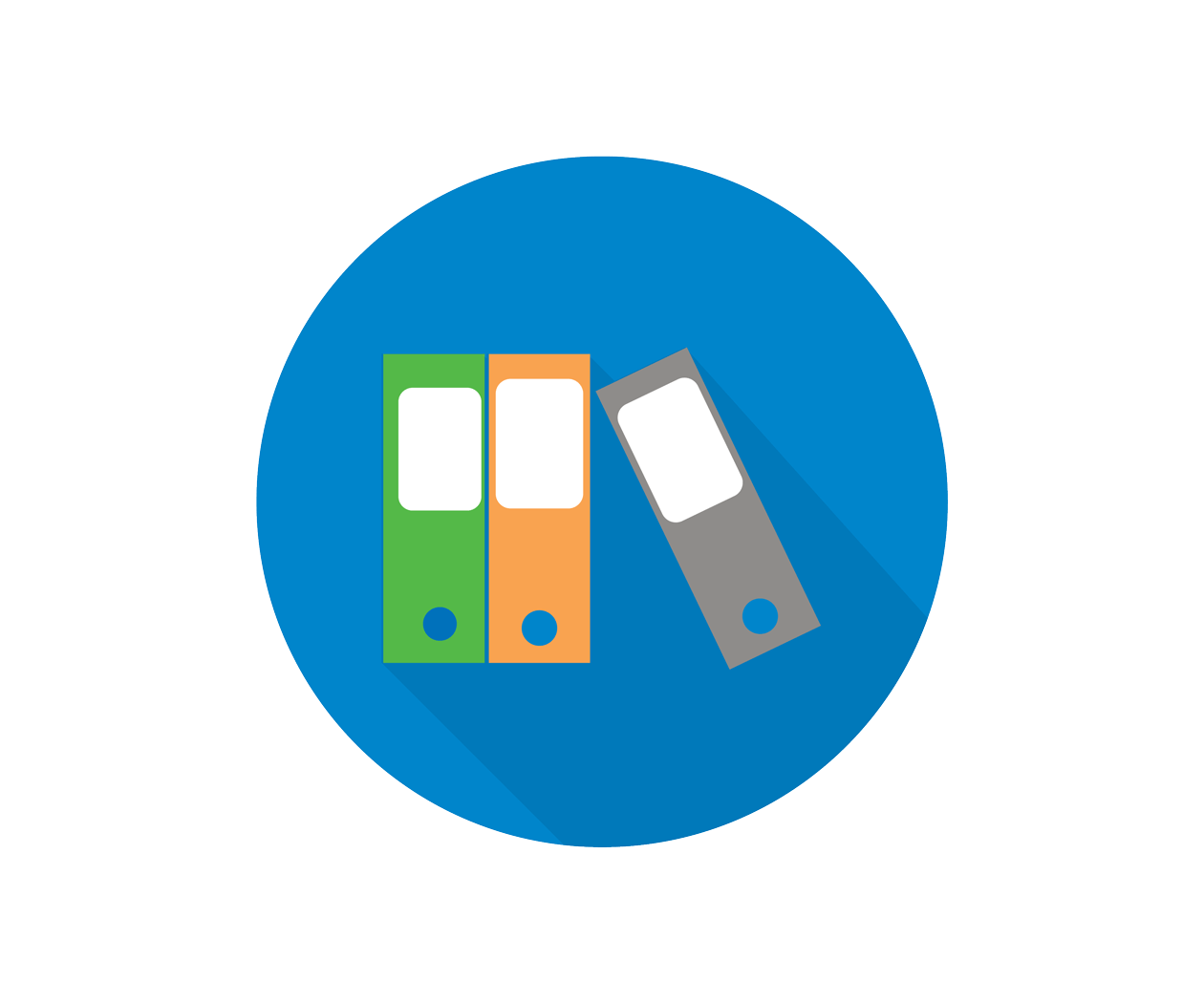اتوماسیون اداری راهکار
Liability: Definition, Types, Example, and Assets vs Liabilities
During his time working in investment banking, tech startups, and industry-leading companies he gained extensive knowledge in using different software tools to optimize business processes. Contingent liabilities are types of liabilities that may or may not occur depending on the outcome of a future event. If they are found to be guilty, they would have to pay for damages. Liabilities impact negatively on the financial net worth of a business or company, while assets impact positively and increase the financial net worth of a business or company. Categories of contingent liabilities according to GAAP (Generally Accepted Accounting Principles) include probable, possible, and remote.
Notice the similarities and differences in these two liabilities’ section. The primary classification of liabilities is according to their due date. The classification is critical to the company’s management of its financial obligations. A liability is anything that’s borrowed from, owed to, or obligated to someone else. It can be real like a bill that must be paid or potential such as a possible lawsuit.
Understanding Liabilities
These expenses are recorded in the income statement and the corresponding liability is reported in the balance sheet. Examples of accrued expenses include wages payable, interest payable, and rent expenses. An income statement, also known as a profit and loss account, reflects the company’s expenses and revenues within a particular time frame. Both balance sheet and income statements are types of financial statements.
Assets or Revenue
This article aims to expand your knowledge about the definition, type of liabilities, and various examples of liabilities. Just as you wouldn’t want to take on a mortgage that you couldn’t easily afford, it’s important to be strategic and selective about the debt you assume as a business owner. Debt itself is unavoidable, especially if you’re in a growth phase—but you want to ensure that it stays manageable. Our intuitive software automates the busywork with powerful tools and features designed to help you simplify your financial management and make informed business decisions.
- Assets have a market value that can increase and decrease but that value does not impact the loan amount.
- By keeping track of these obligations and ensuring they are met in a timely manner, a company can successfully avoid financial crises and maintain a healthy financial position.
- This funding helps businesses generate cash flow and purchase equipment to speed up their production process.
- For example, A company might go for long-term loans if the market is in its favor.
- For the past 52 years, Harold Averkamp (CPA, MBA) hasworked as an accounting supervisor, manager, consultant, university instructor, and innovator in teaching accounting online.
- Liabilities are recorded on a company’s balance sheet along with assets and equity.
The sales tax collected does not have to be remitted to the state until the 15th of the following month when the sales tax returns are meaning of liability in accounts due. If the company does not remit the sales tax at the end of the month, it would record a liability until the taxes are paid. The sales tax expense is considered a liability because the company owed the state the money. Contingent liabilities occur as a result of uncertain future events.
How Liabilities Work
Find the best trucking accounting software for your business with our comparison guide. Read about features, pricing, and more to make the best decision for your company. Although average debt ratios vary widely by industry, if you have a debt ratio of 40% or lower, you’re probably in the clear. If you have a debt ratio of 60% or higher, investors and lenders might see that as a sign that your business has too much debt. The important thing here is that if your numbers are all up to date, all of your liabilities should be listed neatly under your balance sheet’s “liabilities” section. Liability may also refer to the legal liability of a business or individual.
Liabilities are an effective way of getting money and is preferred over raising capital using equity. Though taking up these finances make you obliged as you owe someone a significant amount, these let you accomplish the tasks more smoothly in exchange for repayments as required. Martin loves entrepreneurship and has helped dozens of entrepreneurs by validating the business idea, finding scalable customer acquisition channels, and building a data-driven organization.
Short-Term Liabilities Definition & Examples
Someone on our team will connect you with a financial professional in our network holding the correct designation and expertise. Our writing and editorial staff are a team of experts holding advanced financial designations and have written for most major financial media publications. Our work has been directly cited by organizations including Entrepreneur, Business Insider, Investopedia, Forbes, CNBC, and many others. We follow strict ethical journalism practices, which includes presenting unbiased information and citing reliable, attributed resources. Because liabilities are outstanding balances, they are considered to work against the overall spending power of a company.
These obligations may arise due to specific situations and conditions. Expenses are internal because they involve costs by the company during business transactions. If you’re running your own Shopify store, you might need a better accounting solution. Get free guides, articles, tools and calculators to help you navigate the financial side of your business with ease. Boost your confidence and master accounting skills effortlessly with CFI’s expert-led courses!
